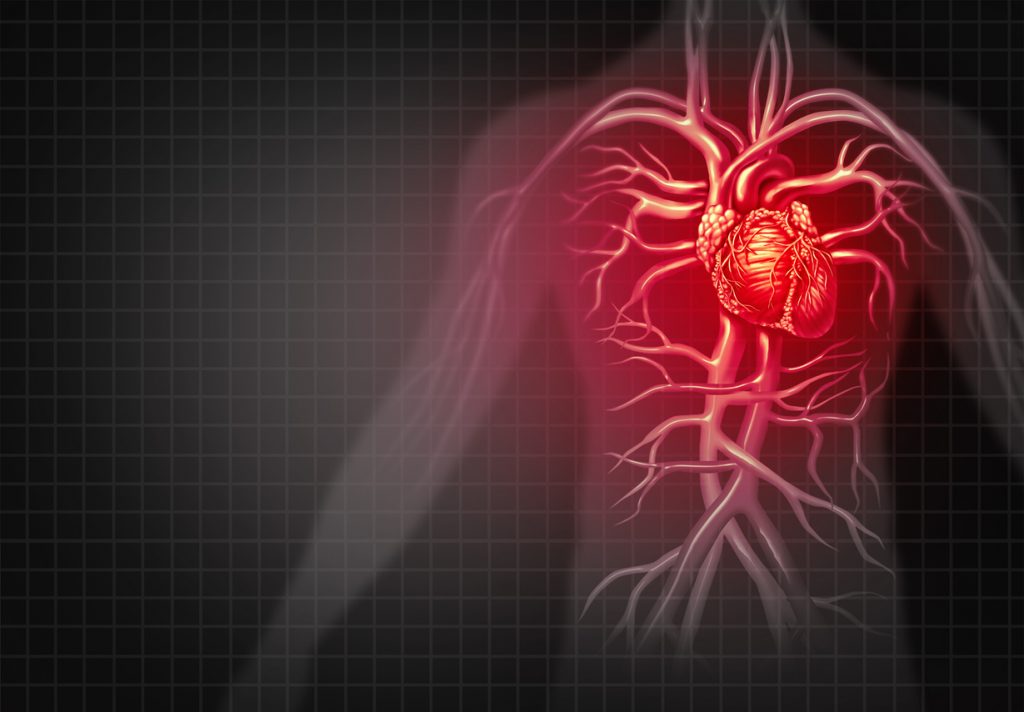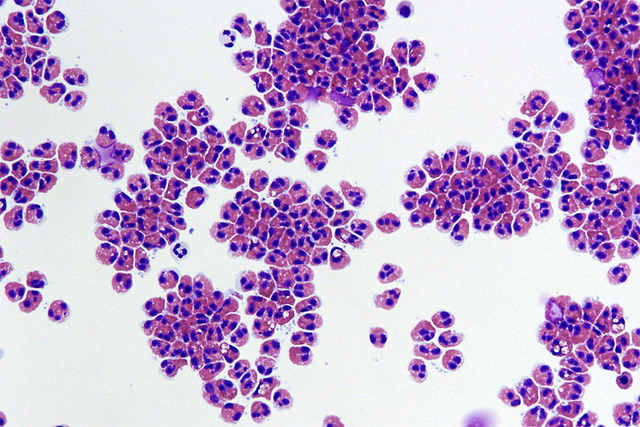To compare home use of an automatic external defibrillator to the local emergency medical system in survivors of a heart attack.
To compare home use of an automatic external defibrillator to the local emergency medical system in survivors of a heart attack.Condition: – Cardiovascular Diseases- Myocardial Infarction- Heart Diseases- Death, Sudden, Cardiac Study Type: InterventionalStudy Design: Prevention, Randomized Further Study Details: BACKGROUND: Sudden cardiac arrest (SCA) occurs every 2 minutes throughout the US; most, more than 70 percent, occur at home. Because survival falls 10 percent per minute over the first 10 minutes, it is imperative to defibrillate as close to time zero as possible. Public efforts cannot provide defibrillation fast enough in most cases. The investigators believe the initial shock is best done by the family only seconds from their loved one using readily available automatic external defibrillators (AEDs). DESIGN NARRATIVE: The trial tests the central hypothesis that provision of an AED for home use will improve survival beyond that achieved from the typical lay response to sudden cardiac arrest. An estimated 7,000 patients will be randomized following anterior myocardial infarction (MI) either to standard lay response to sudden cardiac arrest (call emergency medical service (EMS) systems/CPR) or to add the use of a home AED to the standard response. The standard response will be augmented and standardized by the provision of a video on how to respond to sudden cardiac arrest and how to perform CPR. The goal for the standard response is immediate notification of EMS and prompt CPR. The goal for AED is to shock twice immediately, if indicated by the AED, and call EMS and perform CPR as soon as possible and preferably within two minutes of collapse. Patients will be enrolled for more than two years and followed for an additional two years. Treatment arms will be compared using an intention-to-treat analysis. The primary endpoint is all-cause mortality in the two arms of the trial. Secondary endpoints include survival in the two arms of the study free from post-arrest neurological impairments and the quality of life of the patients and their spouses. The study will be performed at 200 cardiology clinics. Eligibility Ages Eligible for Study: 18 Years and above, Genders Eligible for Study: Both Criteria A history of anterior myocardial infarction. Live-in spouse-companion willing to administer CPR or AED therapy plus CPR as indicated. No existing implantable cardiac defibrillator or automatic external defibrillator. Cannot be a current candidate for an implantable cardiac defibrillator. Cannot have current “Do Not Resuscitate” orders.[1] Seattle Institute for Cardiac Research, Seattle, Washington
All content and media on the HealthEngine Blog is created and published online for informational purposes only. It is not intended to be a substitute for professional medical advice and should not be relied on as health or personal advice. Always seek the guidance of your doctor or other qualified health professional with any questions you may have regarding your health or a medical condition. Never disregard the advice of a medical professional, or delay in seeking it because of something you have read on this Website. If you think you may have a medical emergency, call your doctor, go to the nearest hospital emergency department, or call the emergency services immediately.







